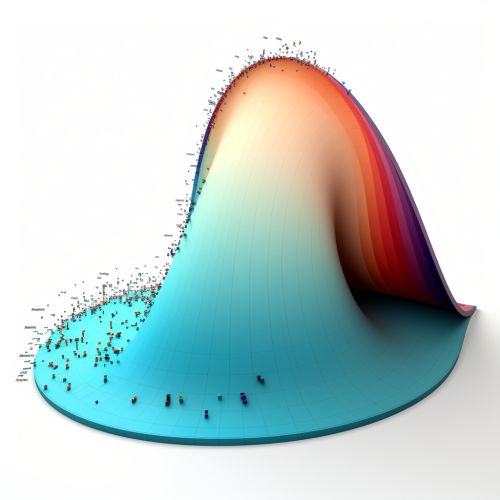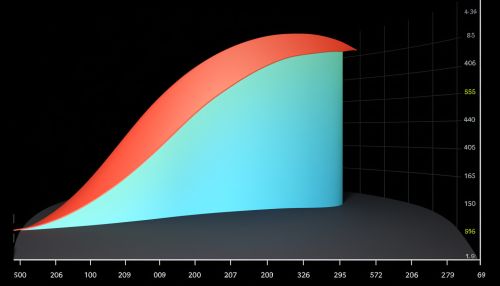Probability Distribution
Introduction
A probability distribution is a mathematical function that provides the probabilities of occurrence of different possible outcomes in an experiment. In more technical terms, the probability distribution is a description of a random phenomenon in terms of the probabilities of events. Probability distributions are generally divided into two classes. A discrete probability distribution applicable to the scenarios where the set of possible outcomes is discrete (e.g., a coin toss or a roll of dice) and a continuous probability distribution applicable to the scenarios where the set of possible outcomes can take on values in a continuous range (e.g., real numbers, such as the measurement of height or weight).


Types of Probability Distributions
There are several types of probability distributions, each of which is applicable to different types of data and different kinds of problems. Some of the most common types of probability distributions are:
Discrete Probability Distributions
1. Bernoulli Distribution: This is a discrete probability distribution of a random variable which takes a binary, boolean output: 0 (failure) or 1 (success).
2. Binomial Distribution: This is a discrete probability distribution of the number of successes in a sequence of n independent experiments.
3. Poisson Distribution: This is a discrete probability distribution that expresses the probability of a given number of events occurring in a fixed interval of time or space.
Continuous Probability Distributions
1. Normal Distribution: This is a type of continuous probability distribution for a real-valued random variable. The general form of its probability density function is known as the bell curve.
2. Exponential Distribution: This is the probability distribution that describes the time between events in a Poisson point process.
3. Uniform Distribution: This is a type of probability distribution in which all outcomes are equally likely.
Properties of Probability Distributions
Probability distributions have certain properties that help in understanding the behavior of random variables. These properties include:
1. Expected Value: This is the long-run average value of repetitions of the experiment it represents.
2. Variance and Standard Deviation: These are measures of the spread of the probability distribution.
3. Skewness: This is a measure of the asymmetry of the probability distribution.
4. Kurtosis: This is a measure of the "tailedness" of the probability distribution.
Applications of Probability Distributions
Probability distributions are widely used in the field of statistics and data science, where they help in the analysis of data and in the creation of statistical models. They are used in a wide variety of fields, including:
1. Economics: Probability distributions are used in econometrics and economic forecasting.
2. Physics: They are used in statistical mechanics and quantum mechanics.
3. Computer Science: They are used in machine learning and data mining.
4. Engineering: They are used in reliability analysis and risk assessment.
5. Biology: They are used in population genetics and evolutionary biology.
